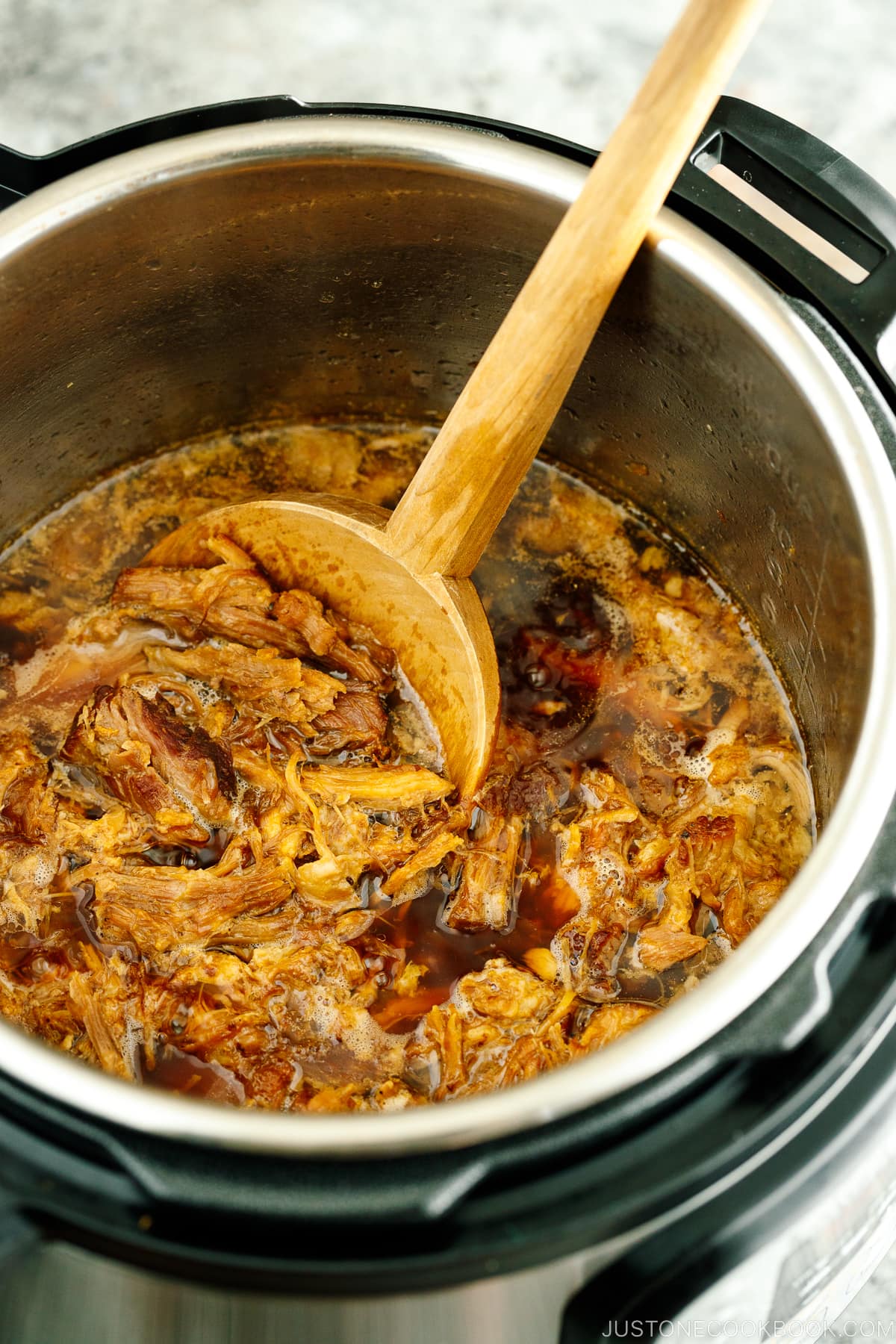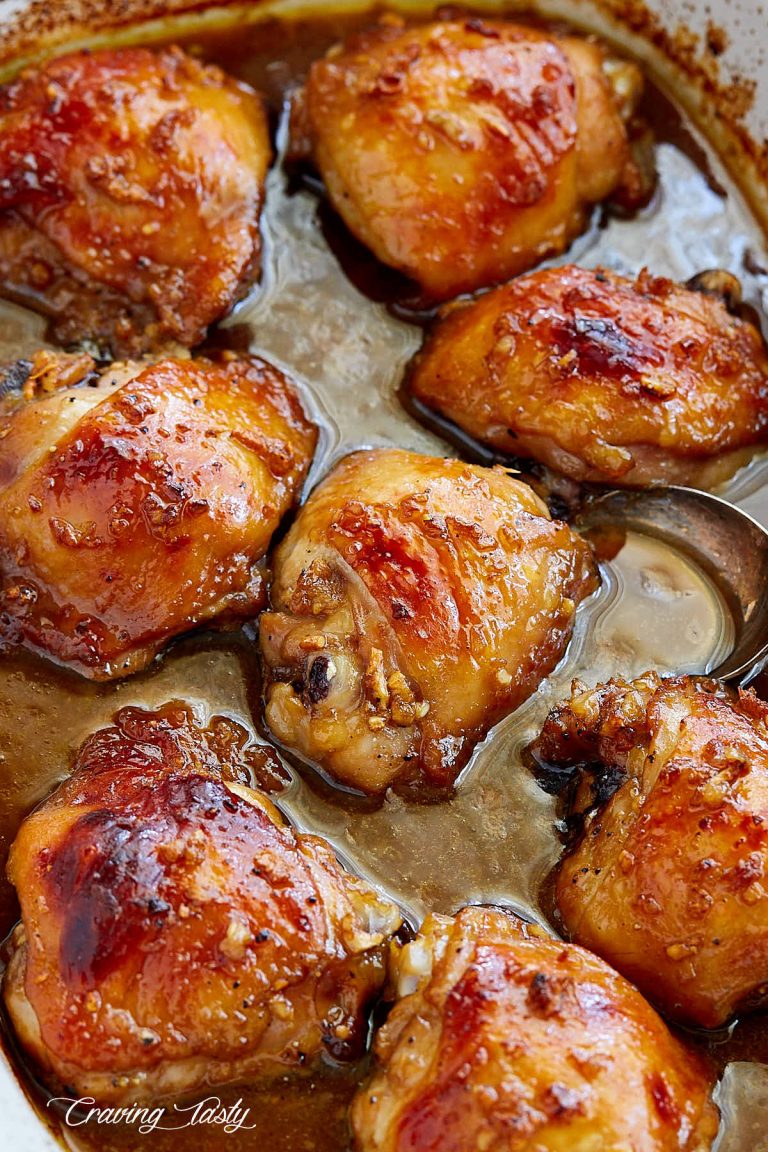Swiss Steak Recipe: A Flavorful Slow-Cooked Dish with Health Benefits and Customization Tips
Swiss steak is a slow-cooked beef dish braised in a tomato-based sauce. It’s a comforting meal that starts with browning seasoned, flour-coated beef round steaks. After browning, the meat simmers in a sauce often made with tomatoes, onions, celery, and sometimes bell peppers. This slow-cooking process tenderizes the beef, ensuring a flavorful and satisfying result. Swiss steak provides a cost-effective way to enjoy beef, using affordable cuts transformed into a delectable meal.
Historical Origins of Swiss Steak
Swiss steak, despite its name, doesn’t originate from Switzerland. The dish begins in the United States, appearing in cookbooks from the 1930s. “Swissing” refers to the process of tenderizing meat by pounding or rolling before cooking, rather than relating to Swiss cuisine. Its popularity grows during the mid-20th century as a budget-friendly meal that maximizes flavor and tenderness. Swiss steak remains a beloved classic in American home cooking.
Ingredients Used in Swiss Steak
Key Ingredients for Swiss Steak
Swiss steak combines a variety of ingredients, each contributing to the dish’s unique flavor. The key components include:
- Beef Round Steaks: Pound to tenderize and coat with flour. This step helps in browning and thickening the sauce.
- Flour: Use for coating beef. It assists in creating a crust and thickening the braising liquid.
- Salt and Pepper: Season the beef before browning. Adjust amounts based on taste preferences.
- Oil: Choose vegetable or canola oil for browning the steaks. It ensures a golden crust.
- Tomatoes: Use canned or fresh, chopped or crushed. They form the base of the sauce.
- Onions: Slice or chop finely. They add sweetness and depth to the sauce.
- Celery: Use chopped celery to introduce a subtle bitter note and texture.
- Bell Peppers: Optional but common. They impart a mild spiciness and vibrant color.
- Garlic: Mince or crush for a robust flavor. Its aromatic quality complements other ingredients.
- Beef Broth: Pour to create the braising liquid. It enhances the meat’s flavor and prevents dryness.
Substitutes and Variations
Customization enhances the dish, catering to dietary needs and preferences. Substitutes and variations include:
- Chicken or Pork: Replace beef with poultry or pork for a lighter taste. Adjust cooking time accordingly.
- Cornstarch: Substitute flour with cornstarch for a gluten-free option. Use equal amounts.
- Veggies: Swap bell peppers with mushrooms or carrots. Different vegetables add distinct textures and flavors.
- Vegan Version: Substitute beef with seitan or tofu. Use vegetable broth instead of beef broth.
- Spices: Add paprika or thyme for extra flavor. Experiment to create a unique twist.
- Wine: Replace beef broth with red wine for a robust flavor. Use equal amounts to maintain liquid balance.
By using these ingredients and variations, you create a versatile, hearty meal adaptable to many tastes.
Preparing Swiss Steak
Step-by-Step Cooking Guide
- Gather Ingredients: Assemble beef round steaks, flour, salt, pepper, diced tomatoes, sliced onions, celery, bell peppers, minced garlic, and beef broth.
- Prepare Beef: Season the beef round steaks with salt and pepper, then dredge in flour to coat evenly.
- Brown Steaks: Heat a large skillet over medium-high heat. Add oil, then sear the steaks on both sides until browned. Remove steaks and set aside.
- Sauté Vegetables: In the same skillet, sauté onions, celery, and bell peppers until softened.
- Add Garlic: Add minced garlic to the skillet and cook until fragrant.
- Combine Ingredients: Return steaks to the skillet, then add diced tomatoes and beef broth. Stir to combine all ingredients.
- Simmer: Reduce heat to low, cover the skillet, and simmer for 1.5 to 2 hours or until the meat is tender.
- Serve: Plate the Swiss steak with its sauce. Serve with sides like mashed potatoes or rice.
- Using Thick Cuts: Thick cuts of beef won’t tenderize properly. Use ¾-inch thick steaks for even cooking.
- Skipping Browning: Browning adds flavor. Don’t skip this step.
- Overcrowding Skillet: Overcrowding prevents proper browning. Sear in batches if necessary.
- Insufficient Liquids: Not enough liquids cause dry results. Ensure there’s enough broth and tomatoes.
- High Heat Cooking: High heat makes meat tough. Always simmer on low heat for the best texture.
Serving Suggestions for Swiss Steak
Ideal Side Dishes
When serving Swiss steak, pair it with sides that complement its rich tomato-based sauce and tender beef. Mashed potatoes are a classic choice. Their creamy texture balances the robust flavors of the steak. Rice is another great option, soaking up the savory sauce well.
Consider adding roasted vegetables to your plate. Vegetables like carrots, green beans, and Brussels sprouts offer a nice contrast in both texture and flavor. If you’re looking for something lighter, a simple green salad with a tangy vinaigrette works perfectly. The acidity of the dressing cuts through the richness of the dish.
Garlic bread or crusty rolls are also excellent additions. They provide a satisfying crunch and are perfect for mopping up any remaining sauce.
Presentation Tips
Presenting your Swiss steak attractively enhances the dining experience. Start by placing a portion of mashed potatoes or rice on the plate. Lay the Swiss steak on top, spooning additional sauce over the meat to ensure each bite is flavorful.
Garnish with fresh herbs, such as parsley or basil, to add a pop of color and a hint of freshness. Arrange roasted vegetables or a small salad around the main dish to create balance.
Use a large serving platter if you’re hosting a dinner party. Arrange the Swiss steak in the center with sides around it. This setup encourages guests to help themselves and creates an inviting atmosphere.
By following these serving suggestions, your Swiss steak meal will be both delicious and visually appealing.
Nutritional Information
Health Benefits of Swiss Steak
Swiss steak offers several health benefits when consumed in moderation. Beef, the main ingredient, is an excellent source of high-quality protein, which aids in muscle repair and growth. The dish also provides essential vitamins and minerals, including iron, zinc, and B vitamins. Iron supports oxygen transport in the blood, while zinc contributes to immune function. B vitamins, such as B12 and niacin, are crucial for energy metabolism.
Tomatoes, often used in the sauce, are rich in antioxidants, particularly lycopene, which may reduce the risk of chronic diseases. Cooking tomatoes can enhance the availability of lycopene, making Swiss steak a nutritious choice. Vegetables like carrots and onions add dietary fiber, improving digestive health.
Dietary Considerations
For those following specific dietary plans, Swiss steak can be adapted to meet various needs. Choosing leaner cuts of beef, such as top round, reduces saturated fat content, aligning with heart-healthy diets. To lower sodium intake, use fresh tomatoes or low-sodium canned tomatoes and limit added salt.
People with gluten sensitivities can make the dish gluten-free by ensuring all ingredients, including broth and seasonings, do not contain gluten. The dish is naturally free from common allergens like nuts, making it suitable for those with nut allergies.
Considering these nutritional aspects, Swiss steak can fit into a balanced diet, offering vital nutrients while accommodating various dietary restrictions with slight modifications.
Conclusion
Swiss steak offers a hearty and flavorful meal that’s both nutritious and adaptable. With its rich tomato-based sauce and tender beef, it’s a dish that can easily fit into various dietary needs. Whether you’re looking for a comforting family dinner or a meal to impress guests, Swiss steak delivers on taste and nutritional value. Experiment with different sides and customization options to make this classic dish your own. Enjoy the culinary journey of creating a delicious and satisfying Swiss steak right in your kitchen.




